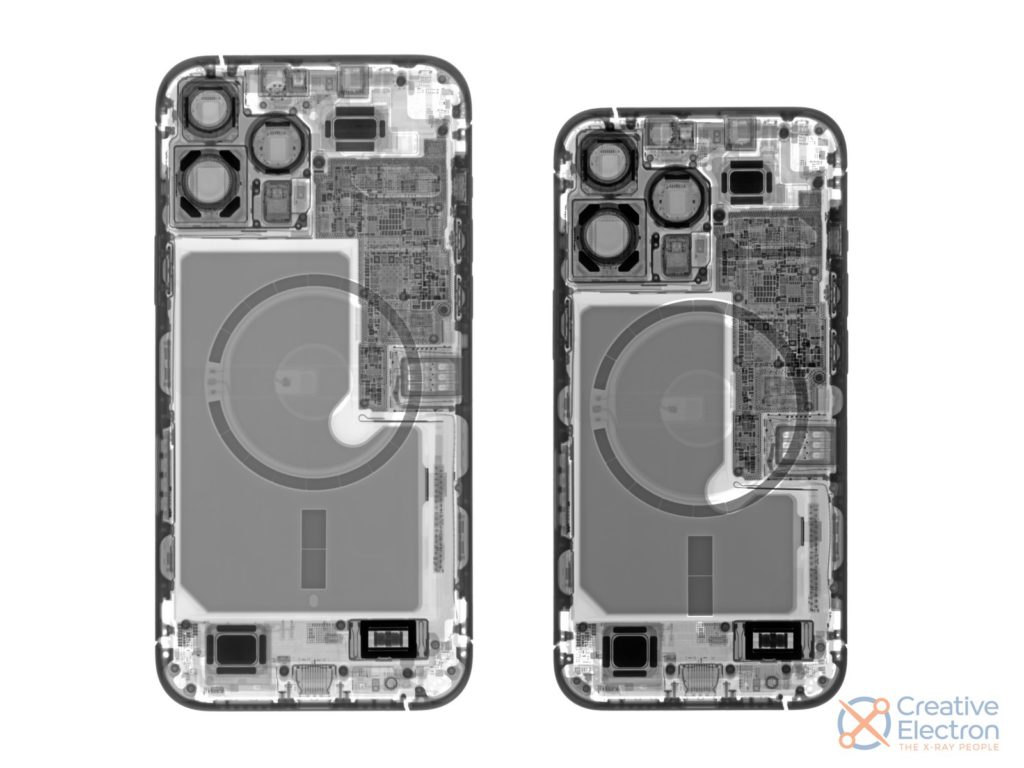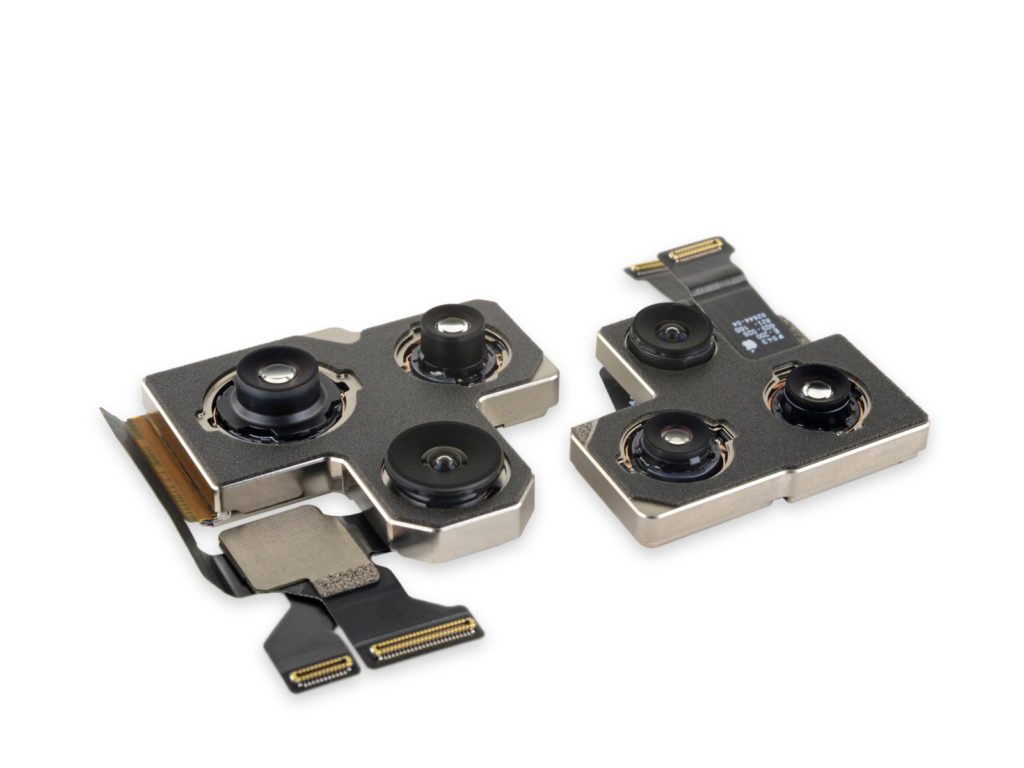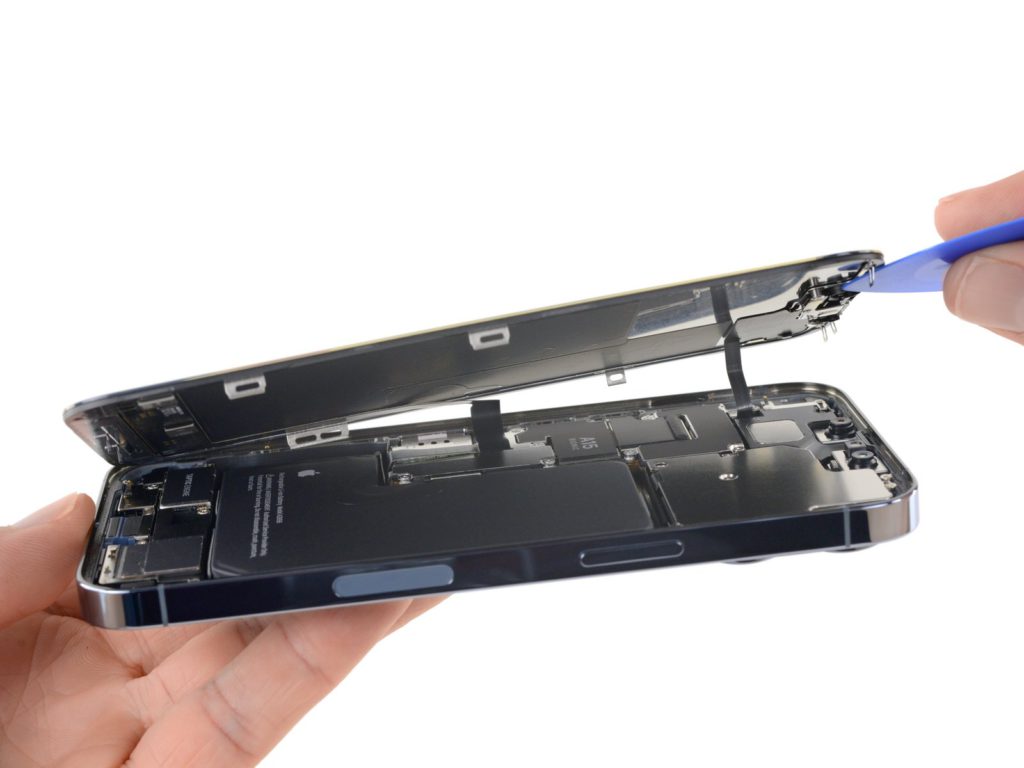The repair experts at iFixit already took a look at the circuit boards of the new iPhone 13 series on Friday. A preliminary report was published. Now there are further details, including changes to the TrueDepth sensor and more.
The repair experts at iFixit already published a first teardown of the device on September 24th carried outNow the repair specialists have completed the second part of the teardown published, which focuses on further changes and the general repairability of the devices. For one thing, the iPhone 13 Pro's logic board is even smaller than that of the previous generation. The A15 Bionic SoC is overlaid with an LPDDR4X SDRAM from SK Hynix.
Apple makes far-reaching changes to Face ID

Compared to the iPhone 12 Pro, the iPhone 13 Pro's SIM card reader is now located on the logic board. The earpiece speaker has also been relocated. The component is now located inside the housing, which should make replacing the display easier. The earpiece also has a cutout that fits between the front camera and the Face ID hardware.

With the redesigned notch and TrueDepth array, iFixit notes that the dot projector has moved from the edge to the center of the sensor module. The floodlight emitter, which was previously part of the display, is now integrated into the module itself. iFixit rates the repairability of the iPhone 13 Pro at five points, which is a tad worse than the iPhone 12 Pro (six points).
iPhone 13 Pro: Apple makes display repairs more difficult
According to the repair professionals, all tests for replacing the battery were successful, which means that the component can still be repaired. Replacing the screen, on the other hand, will result in the Face ID functionality no longer working - even though certain components are now separated from the display module.

According to iFixit, each display appears to be connected to a device as standard. This means that having a third party repair the screen will result in a phone without Face ID. According to iFixit, replacing the display and battery is a priority on the new device, but there are some software components that make many repairs "unnecessarily" difficult. Other components, according to iFixit, are modular and much easier to access. (Image: Apple)





